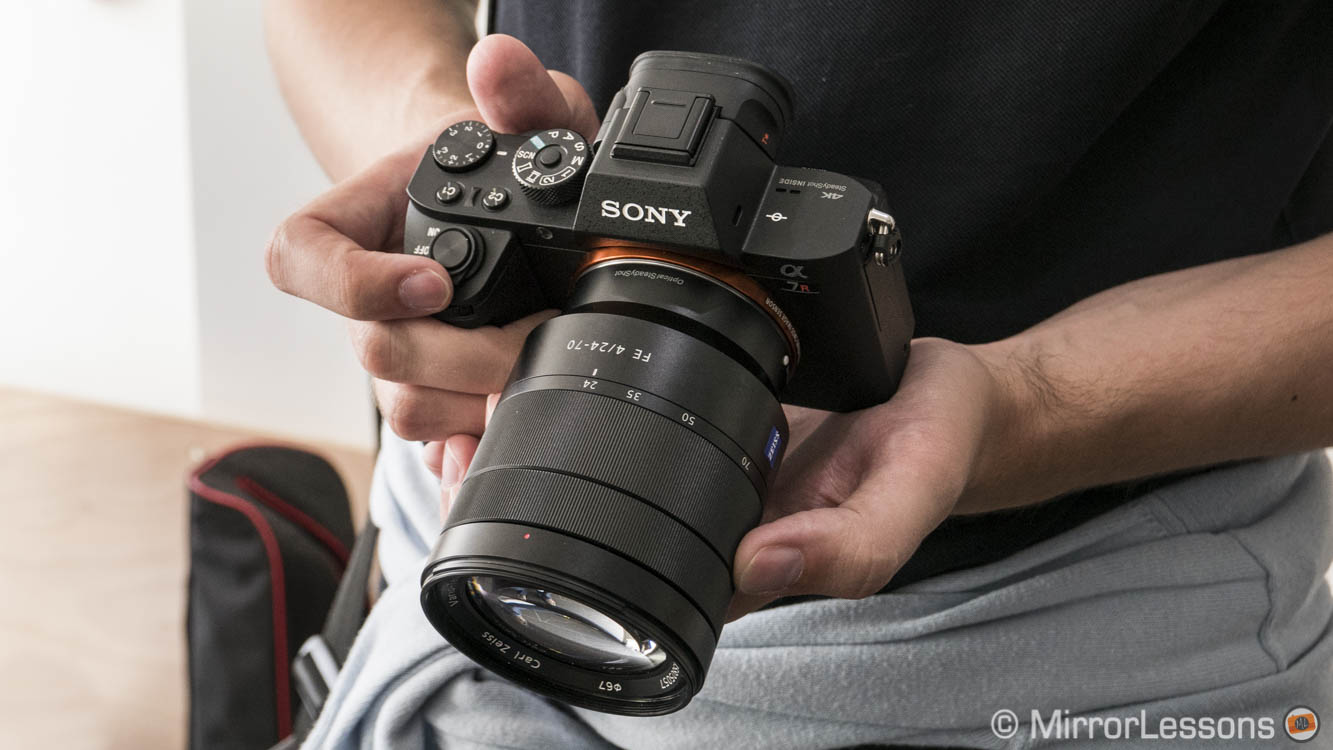Full-frame cameras are commonplace on the DSLR market, with models available from Nikon, Canon, Sony and soon Pentax, but they have yet to permeate the mirrorless market to the same degree.
This can be attributed not to the physical impossibility of fitting a mirrorless body with a full-frame sensor but the difficulty of achieving an optimum balance between body size and image quality.
The problem for manufacturers that want to produce mirrorless full-frame cameras is that the word mirrorless has become synonymous with compactness and portability. This is easy enough to achieve with smaller sensors like APS-C or Four Thirds but becomes much more challenging with full-frame, especially if you want to introduce modern features such as autofocus and optical stabilisation into the lenses.
So, which companies have actually produced mirrorless full-frame cameras as of 2015? At the time of writing, only two have seriously jumped on the bandwagon – Leica and Sony.
Leica has been producing digital full-frame mirrorless cameras since 2009. The M9 was the first digital full-frame rangefinder mirrorless camera with an interchangeable mount, and since then, they’ve released six more M models. Although the product lacks a mirror, it is different from what we would consider a modern mirrorless camera. Based on Leica’s iconic film rangefinder series, it features an optical rangefinder instead of an electronic viewfinder and also lacks autofocus. Being a specific niche product, it is also very expensive (around $7000 body only). In 2015, Leica also produced two modern mirrorless cameras with an EVF: one premium compact (the Q), and the professional SL model. The Q and SL have autofocus and optical stabilisation.
Sony on the other hand made its first foray into the full-frame mirrorless sector in 2012 with the RX1 premium compact. It was soon followed by an onslaught of full-frame mirrorless interchangeable lens cameras with autofocus, starting with the A7, A7r and A7s and followed by the second generation A7 II, A7r II and A7s II. The RX1 was also updated twice in the form of the RX1r and later the RX1r II.
With so many names floating about, many of which look like they could be misspellings of one another, it is easy to feel overwhelmed. To help you decide which full-frame mirrorless is best for you, we’ve compiled a short list of cameras we feel are worthy of your attention. The recommendations we’ve made are based on a mix of our own experience with these cameras (we’ve either tried or owned 95% of them) and pertinent topics such as overall performance, budget, video performance, relevancy on today’s market and portability.
Do you need the very best performance?
There is no ambiguity about which full-frame mirrorless cameras takes the prize for being the most technologically advanced. The Sony A7r II, released in late 2015, has a 42MP full-frame sensor, a refined grip, weather-resistance, 5-axis in-body stabilisation, 399 phase detect points, a maximum ISO of 104,400, 5 fps burst speed with focus priority, 4K movie recording, and one of the largest and brightest electronic viewfinders on the market. It takes everything good about the previous A7 cameras and combines it into one efficient package.
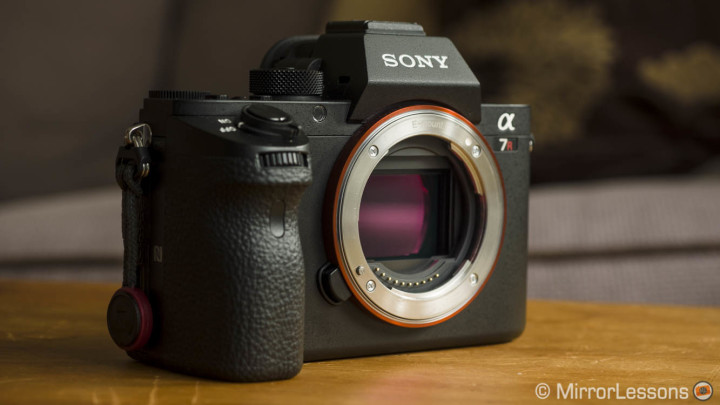
It is also what some have called the perfect hybrid camera due to its compatibility with Sony A-mount lenses and many third-party autofocus lenses from Canon, Nikon, Sigma and other brands. Although not all lenses perform in the same manner, what is truly amazing is that some of these lenses perform just as well on the A7r II as they do on their native mount. Of course the performance also depends on the adapter used.
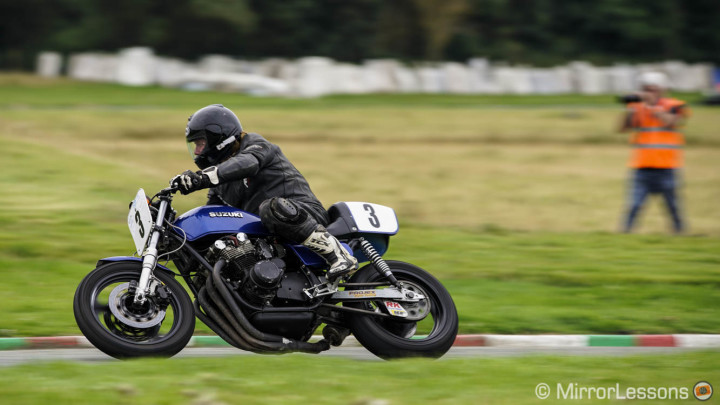
Before you get too excited, it is also worth mentioning the price. At $3200 for the body alone, it is one of the most expensive mirrorless camera on the market. Indeed, only the Leica M and SL are more expensive. As such, you should really have a clear idea as to why the A7r II would benefit your photography workflow before making the investment.
To find out more about the Sony A7r II, we invite you to read the following reviews:
- The Sony A7r II In-Depth Review, Chapter I: The complete autofocus test
- The Lantern Parade in Aberdyfi – Sony A7rII Image Samples in Low Light
- Voigtländer VM lenses on the Sony A7r II, Chapter I: 12mm f/5.6 Ultra Wide Heliar and 21mm f/1.8 Ultron
You may be wondering why we haven’t recommended the Leica SL. It is, after all, what Leica calls the first mirrorless camera for professionals. The problem is that, while it has all the specifications of the top high-end cameras including a 24MP full-frame sensor, the world’s highest resolution and larger EVF, a fast frame rate of 11fps, a dual memory card slot, and 4K video recording, there isn’t really anything about the camera that sets it apart from the competition. And when you consider its price tag of nearly $7500 for the body alone and the current lack of native lenses, the argument in its favour becomes even less convincing.
Are you on a tight budget?
There will always be the temptation to go for the latest and greatest but the original Sony A7 is still a perfectly good choice for those who would rather spend less or invest money in quality lenses instead of a top-of-the-line body. We owned this camera for nearly a year and loved the results produced by its 24MP full-frame sensor. With an ISO range of 100-25600 and excellent dynamic range, you can shoot in a variety of conditions and easily work the Raw files later on. The AF speed isn’t the fastest and you can only shoot at a maximum of 5fps, but it is more than enough for landscapes, portraiture and basically anything that isn’t extremely fast action. Of course being part of the first generation of A7 cameras, it lacks some features such as 5-axis stabilisation, so it is better to rely on optically stabilised lenses at slow shutter speeds. The original A7 also has an annoying “ghost flare” issue in artificial light (more in our review here).
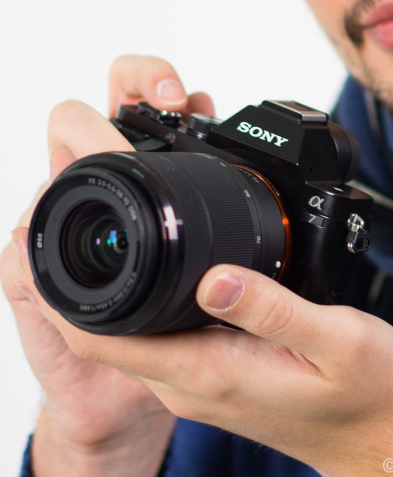
Of course, the fact that the A7 is the most affordable full-frame mirrorless doesn’t mean it’s particularly cheap. You will still have to shell out over $1000 if you buy it new, so you might want to keep an eye out for some good second-hand deals. We saw it for £600 at the Photography Show in Birmingham in 2014, so I’ve no doubt you can find it for even less now
To find out more about the Sony A7, we invite you to read the following reviews:
- Likes and Dislikes about the Sony A7
- Shooting in the tunnel of memories: Using the Sony A7 for Video
A second camera I’d like to mention here is the successor to the Sony A7, the A7 II. It costs more than the A7 by about $600 but it brings a number of valid updates also found on the high-end A7r II including 5-axis in-body stabilisation (which is very useful for use with legacy lenses), enhanced AF performance and a refined grip. If you have a little extra money to spend, the A7 II is definitely a good all-rounder.
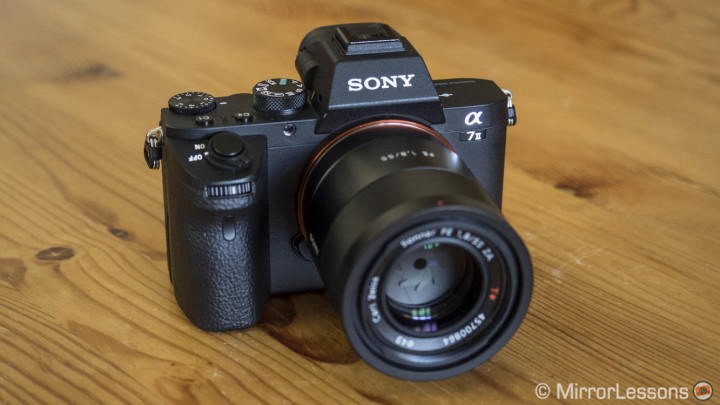
To find out more about the Sony A7 II, we invite you to read the following reviews:
- What the original A7 should have been – The Sony A7 Mark II Review
- 5-axis stabilisation compared: Olympus OM-D E-M1 vs Sony A7 Mark II
Note: Now that the A7r II and A7s II are out, you can also find the original A7r and A7s for a more reasonable price. However, they are less all-rounders and more niche products. The 36MP sensor of the A7r makes it a good landscape and still-life camera, while the A7s with its incredible low-light performance is ideal for astrophotography and video recording. However, if you want the best of both worlds, the A7 and A7 II remain the two best options.
Do you need something very light and portable?
We’ve already discussed a significant downside of full-frame systems, which is the difficulty to keep the lenses light and compact while maintaining a high image quality standard. While the A7 bodies are quite small compared to full-frame DSLRs, many of the best lenses are just as large as their DSLR equivalents. For example, the FE 90mm macro which we reviewed a couple of months ago is around the same weight and size as the Canon 100mm f/2.8.
For this reason, the only way to have a truly light and portable camera with a full-frame sensor is to a) only use small primes on the A7 series or b) invest in a premium compact with a fixed prime.
If you like the idea of interchangeable lenses, some of the smallest primes available are:
Autofocus
Manual focus
You can also use an adapter and a vast range of manual focus lenses (SLR and rangefinder). Some will generate more vignetting or colour fringing, while others will give you excellent results.
Otherwise, you could look at two of the best premium compacts on the market – the RX1r II and the Leica Q.
The Sony RX1r II is the third generation full-frame premium compact from Sony with a fixed Zeiss 35mm lens, and is the first of the three models to incorporate a built-in pop-up EVF and a tilting screen. Like the A7rII, it features a 42MP full-frame sensor and 399 phase detection points. A new feature is the optical variable low-pass filter, which you can switch between On (prioritises resolution), High (reduces moire and colour artefacts) and Standard (a mix of the two).
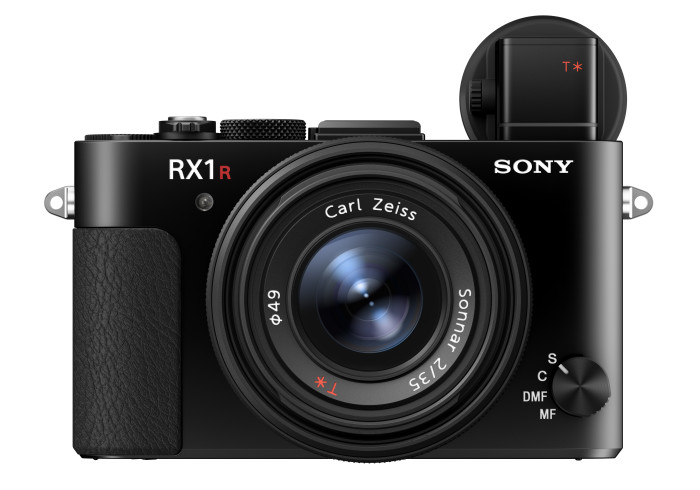
Sadly, this new model doesn’t come cheap. It is slightly more expensive than its interchangeable sibling at $3298 and being so new, has yet to come down in price. However, the advantage of the RX1r II and its fixed lens is that your investment starts and ends with the camera, unless you buy some extra accessories for it.
I decided to recommend the third generation model because having a built-in viewfinder is quite important to many photographers (including me) but if you would rather spend less, the original RX1 and RX1r are also excellent models and can be found second-hand for half the price of the RX1r II.
A slightly pricier alternative to the RX1r II, which ironically happens to be one of the most affordable products Leica’s ever released, is the Leica Q (Typ 116).
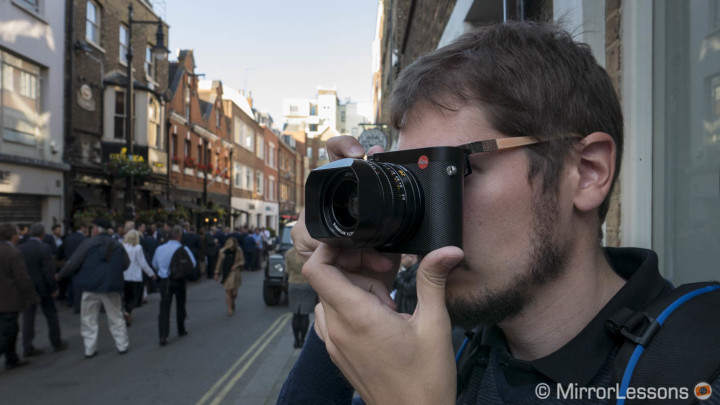
The Q shocked us the first time we tried it for a couple of reasons. First, the contrast-detect autofocus was blazingly fast, and second, the electronic viewfinder was one of the brightest and crispest we’d ever tried. The camera has a 24MP full-frame sensor with an ISO range of 100-50,000, and a gorgeous Leica Summilux 28mm fixed lens. The aluminium and magnesium alloy body features a 3-inch touchscreen (non-tiltable) on the rear, which is just as bright, clear and reactive as the latest touchscreens on Olympus and Panasonic cameras. You can check out our Leica Q review here.
And if your main priority is video?
The entire Sony A7 series has good video capabilities but the A7s and A7s mark II really stand out. They have been primarily designed for videomakers. Thanks to their low-light performance, the dedicated picture profiles for video and S-log2 gamma, they produce some of the best Full HD and 4K footage we’ve seen on a mirrorless camera.
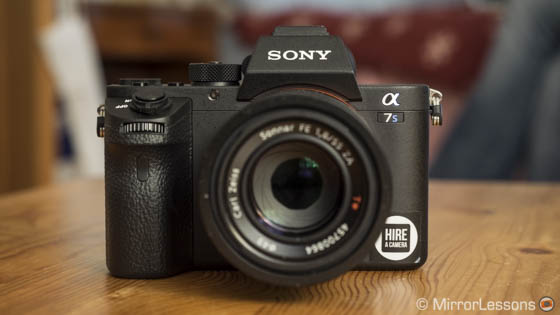
The Sony A7s is still an excellent option if 4K is not your main priority since the camera only records Full HD internally. The ISO sensitivity goes from 100 to 409,600 and you can also find it at a more affordable price these days. You have a 4K option but only through the HDMI port so you will need an external recorder.
The A7s mark II features several improvements, one of them being of course the ability to record 4K internally. You also get 5-axis sensor stabilisation which can be useful for hand-held static shots. The camera can also record at 120fps in Full HD for nice slow motion footage (the first A7s does it at 720p).
To find out more about the Sony A7s and A7sII, we invite you to read the following reviews:
- Enjoy the light, love the dark – The Sony A7s review
- Celebrating Halloween with a true low light “beast” – The Sony A7s II review
As for Leica, the most interesting camera for video is definitely the Leica SL. It can record 4K internally with a V-log option to have more dynamic range. It also has a 10 bit 4:2:2 output via the HDMI port. However the same reasoning that applies to stills also applies to video: with the $7000 you’d pay for the body alone, you could almost buy a professional camcorder such as the Sony Fs7.
Conclusion
Though only two companies have produced full-frame mirrorless cameras so far, I would not be surprised if we’ll see more enter the market as the mirrorless niche grows increasingly popular. Rumours are already floating around about a possible full-frame mirrorless system from Canon, and while Fujifilm has all but quenched rumours of a full-frame X series camera, one cannot help but wonder what direction they’ll take once the APS-C line-up is complete.
Do you believe that full-frame is the ideal sensor size for mirrorless cameras? Let us know why or why not!
